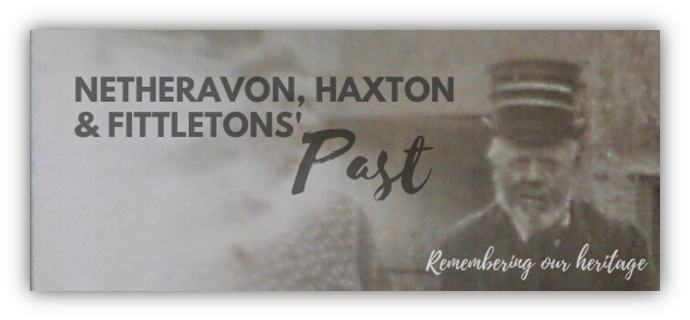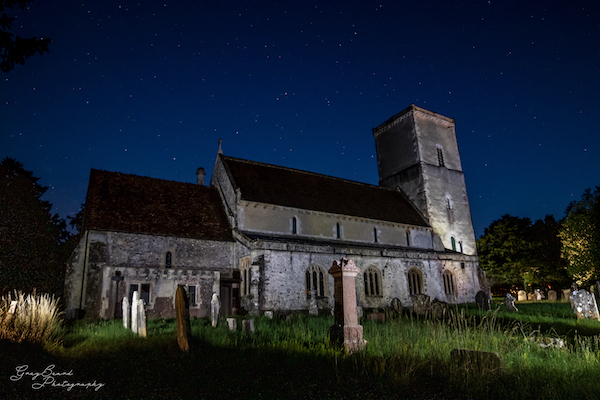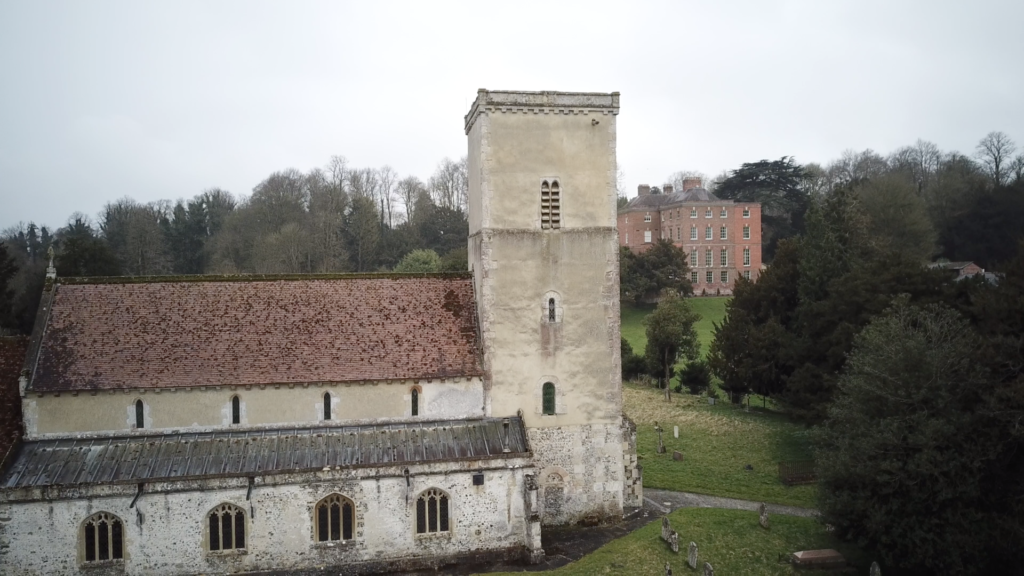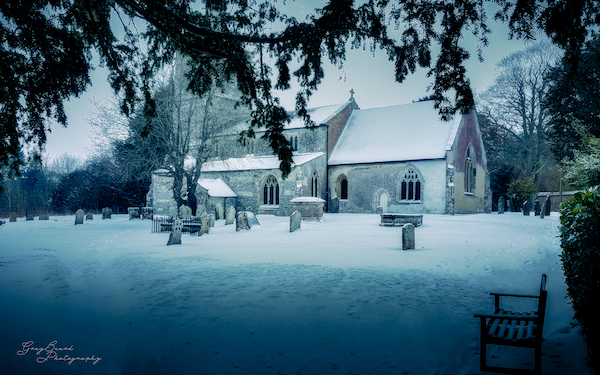Why is it so far from the village? We think of villages with the church in the middle near the pub!
The earliest settlement of which there is evidence is on ground above a bend in the river in the area of White Sheet Hill (where the A345 goes through the former army camp). There are remains of a Romano British village there alongside a Roman Villa. Villas were to be found along the Avon valley and were large farms which dominated the local economy.
The Roman Emperor Constantine converted to Christianity in 313AD and it soon became the official religion of the Empire. The proximity of Netheravon church to the Roman site indicates a link with it and in spite of pagan Saxon incursions after the end of Roman control in 409/10 it is likely that it remained a local centre of Christianity. There were other buildings around it for sure, but to the north the ground is boggy as a winter bourne (stream) flows through the meadow and is liable to flooding. To the east and south is the river.
The unmetalled road which approaches the church from the village is in a direct line from the village High Street, with a small bridge over the bourne. The church’s setting is now in the parkland of Netheravon House (1734) which was landscaped in 1760. Buildings, including a parsonage, may have been removed when these changes took place. Meanwhile the village developed further up the High Street with a cluster of cottages in Mill Road near the water mill.
The Saxon church
Importance:
Netheravon became part of the Saxon Christian kingdom of Wessex and an important administrative centre. The church had substantial landholdings in late Saxon times including Stratton St Margaret near Swindon. This indicates that it was probably a minster church, an important centre of administration and/or missionary activity, with a resident community of priests or monks. Its jurisdiction (known as its parochia) probably coincided with the secular administrative territory (or Hundred) of Elstub. This area included the later parishes of Enford and Fittleton. The settlement of West Chisenbury remained subordinate to Netheravon and its church until 1885.
Domesday book in 1086 describes Netheravon church as ruined, unroofed, and on the point of collapse. This implies that its status as an important minster church had come to an end, although we should remember that the survey took place twenty years after the Norman Conquest.
The building:
Today there are four visible openings in the church tower, two small ones in late Saxon style and two larger ones in early Norman. The two smaller openings, one of which is still in use, could have led to small chambers which housed the priests. It is also possible that the tower was originally central and the church cruciform, and we do not know whether the upper stages of the tower are as old as the base. The impressive early Norman arches indicate that the church was restored, and it was granted by the Crown to the new cathedral at Old Sarum. The income from it was used to support a priest from the cathedral, and it was controlled by the prebendaries and dean as a “peculiar”. The income was called a prebend. This meant it was independent of the control of the bishop or other authorities and could appoint the vicars. Peculiars were abolished in 1846.
Two porches existed during the middle ages, which could have been attached to the Saxon doorways. In 1405 the vicar was reprimanded for keeping his horse in it.
There was a major restoration in 1839



